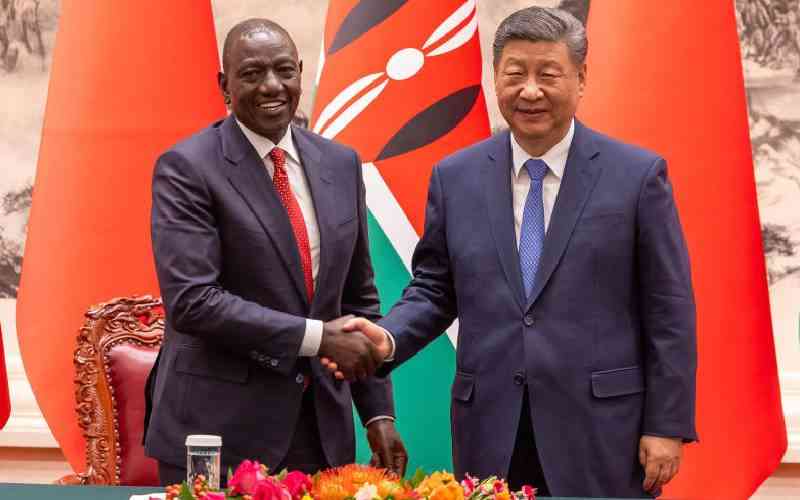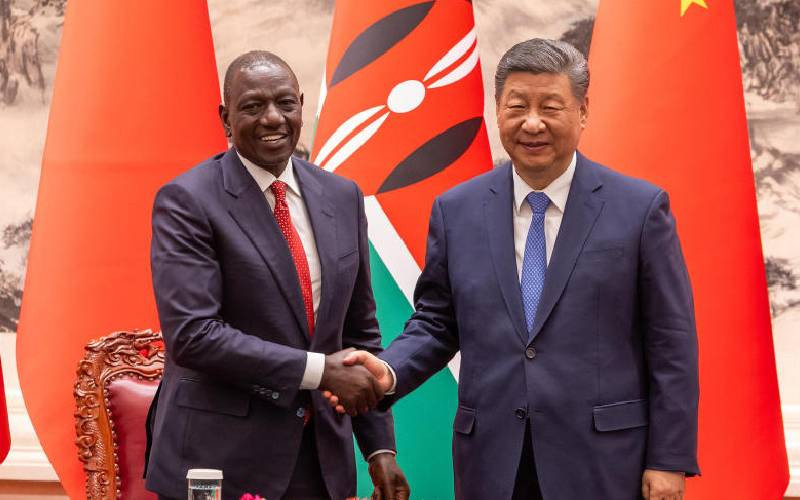Rail Freight Boosts Trade and Competitiveness in Africa

Africa's rail freight sector is experiencing a transformative period, driven by cold chain innovations, infrastructure investments, and a new generation focused on reshaping logistics. This evolution spans from Kenya's flower farms to South Africa's mineral-rich areas, with significant collaborations among exporters, policymakers, and financiers to modernize railways and overcome existing challenges. The goal is to ensure fresher produce, more competitive exports, and sustainable economic growth across the continent.
Moses Ndegwa of AAA Growers highlighted the logistical challenges in Kenya's flower industry. Traditionally, transporting flowers from farms like Rumuruti to Nairobi and Mombasa involved lengthy road trips, causing quality degradation. The introduction of the Naivasha Inland Container Depot (ICD) and the Standard Gauge Railway (SGR) has streamlined this process, allowing direct loading onto refrigerated rail containers for faster transport to Mombasa. This reduces transit times and preserves the freshness of exports.
Kenya Railways Corporation (KRC) has introduced refrigerated wagons capable of carrying multiple containers from Nairobi and Naivasha to Mombasa. Douglas Waga of KRC emphasized the reliability and speed of the railway, guaranteeing transit times of nine hours from Nairobi and 10-11 hours from Naivasha to Mombasa. Reefer containers are prioritized during loading and unloading, with plug-in points available to maintain the cold chain. Self-powered reefer wagons have also eliminated the need for manual generator handling, further enhancing efficiency.
Racheal Mugure from Tradewinds Logistics pointed out that policy and infrastructure challenges persist. She stressed the need for policy reforms, incentives, and public-private partnerships to lower transport costs and improve the competitiveness of African roses. Streamlining documentation and improving efficiency at ICDs are crucial for reducing costs and ensuring product quality. Collaboration between government, private sector, and growers is essential to address these challenges.
Gabriel Mbiti of the Africa Finance Corporation (AFC) emphasized strategic, sector-driven rail projects. AFC is investing in projects like the Lobito Corridor, aiming to connect Zambia and the Democratic Republic of Congo to Angola’s Port of Lobito. This initiative focuses on creating economic corridors that support critical industries and involves deep government engagement and flexible financing models. AFC is also considering transformative projects in Kenya, such as the Nakuru and Mombasa highways, to revolutionize sectors like horticulture.
Mehdi Dib of EPE Rail Electr SPA discussed the importance of electrification and knowledge-sharing in modernizing Africa’s railways. EPE Rail Electr SPA is involved in electrification projects to improve efficiency and reduce emissions. Challenges include high costs, technical difficulties in harsh environments, and a shortage of local expertise. The Open Source Railway initiative promotes open access to designs and technical knowledge to accelerate progress and reduce costs.
Nomathamsanqa G. Msomi from the South African Society for Railway Engineering (SASRE) highlighted the potential of South Africa's rail network, particularly in the mining sector. She emphasized the importance of involving young people and attracting private investment to enhance the rail system. Msomi noted that mining and railways are closely linked, with the progress of one depending on the efficiency of the other.
Willem Gous of The Human Entrepreneur argued that fostering innovation and adaptability is essential for the future of African rail freight. He stressed the need for entrepreneurial thinking to navigate technology disruption, global instability, and local economic uncertainty. Gous advocated for embedding innovation and opportunity-seeking at every level of rail organizations to unlock new growth opportunities and become more agile.
Overall, the modernization of Africa’s rail networks is reshaping economies, empowering communities, and redefining the continent’s role in global trade. The focus is on unlocking potential, bridging divides, and building a more connected and prosperous future through efficient and innovative rail freight solutions.








